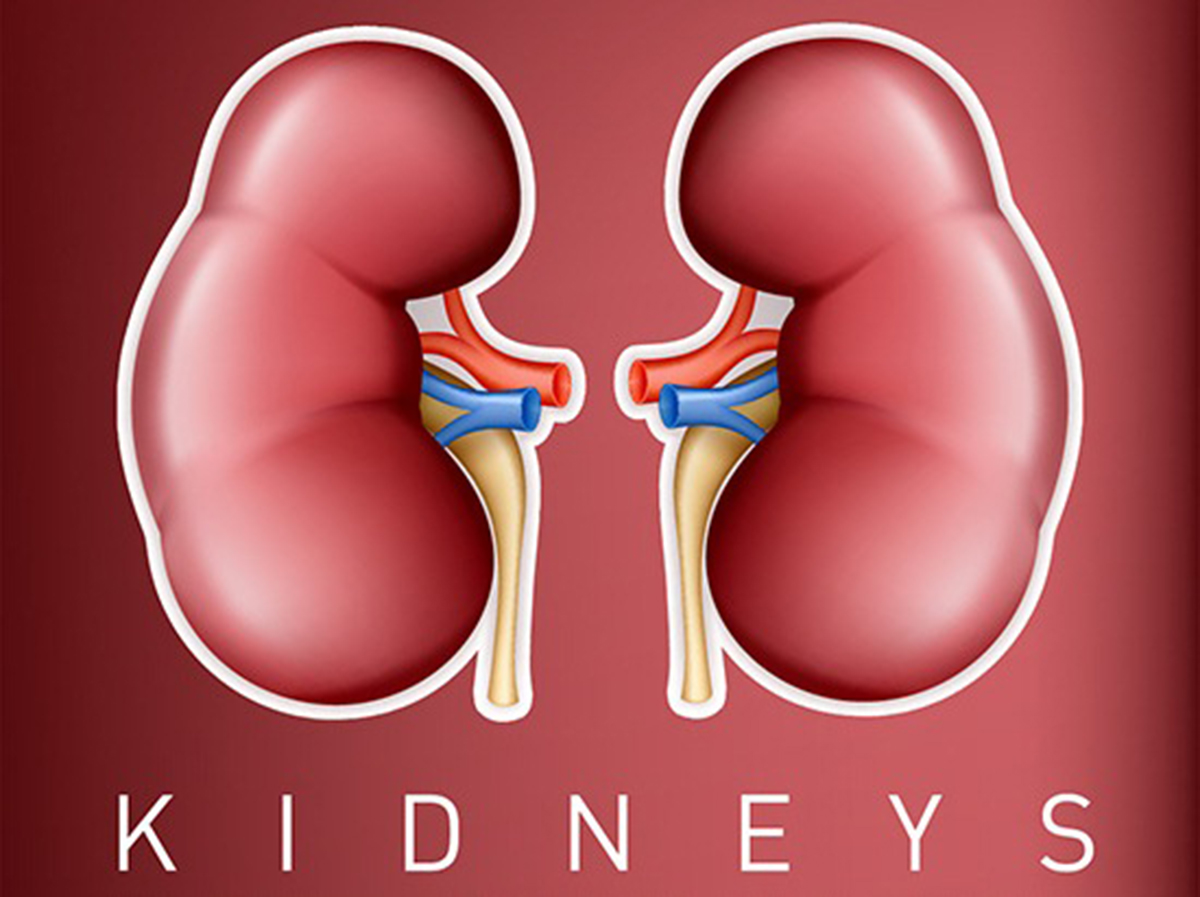Table of Contents
Renal denervation is surgical procedure that deadens nerves that make the kidneys retain sodium instead of filtering it out into the urine. Since the concentration of sodium in the bloodstream has to be kept constant, the kidneys release water to increase low sodium levels, increasing blood pressure, or they retain water to decrease high sodium levels, lowering blood pressure. The concentration of sodium in the bloodstream has to kept constant so that nerve cells will fire normally.

In times of stress, however, the fight-or-flight nerves of the sympathetic nervous system require extra sodium, that is a greater total amount of sodium, but not a higher concentration of sodium (which would disrupt other processes in the body).
They send a signal to the kidneys retain sodium for them, but when the kidneys retain sodium, they also have to retain fluid. The extra fluid fills blood vessels and raises blood pressure. In about 1 in 11 people who have hypertension, the nervous system "switch" that regulates sodium retention and blood pressure gets "stuck," and medications for blood pressure just don't work.
People who have resistant hypertension typically have persistent reactions to emotional stress. It doesn't do any good to "train the brain" to relax, however, because the sympathetic nerves are stuck in the fight-or-flight pattern. Just about the only thing that will lower resistant hypertension is surgical denervation.
The Surgical Procedure for Renal Denervation
Advances in surgical technique have made renal denervation surgery almost painless with a very fast recovery time. The surgeon applies a topical anesthetic to the skin of the groin, and opens a 3 mm-wide incision into the femoral artery. (Even if the anesthetic did not work, the incision is not especially painful, as the writer knows from personal experience.)
The surgeon threads a tiny pipe, or catheter, through the femoral artery to the kidneys, where a radio transmitter is used to kill nerve fibers with quick bursts of high-energy radio waves. In the European Union but not in the United States, some surgeons squirt the nerves with methanol (wood alcohol) to make sure they are destroyed, but this is not permitted in the USA.
Then the surgeon removes the catheter and closes the incision. The incision is closed with a glue-like dressing and sutures that dissolve on their own. The patient simply loosens the packing of the wound in the shower 2 or 3 days later, and recovery is complete.
Does Renal Denervation Really Work?
A study of renal denervation at the Baker IDI Diabetes and Heart Research Institute in Melbourne, Australia found that the average blood pressure of 106 patients who had the procedure fell from 176/97 to 143/85 in the six months after the surgery. A control group of patients who did not have surgery actually had higher blood pressures after six months of standard treatment with multiple medications. A blood pressure of 143.85 isn't "good," but it is far less dangerous than a blood pressure of 180/100 or more.
The few patients who run into trouble after renal denervation surgery are those who do not follow instructions in the recovery room. For about two hours after the surgery, it is imperative to lie still so the surgical dressing stays packed on the femoral artery. If the patient sits up, gets up to go the bathroom, or pulls at the dressing, serious bleeding can result.
The procedure itself is problem-free about 95% of the time. It's always possible for a surgeon to nick the wall of an artery, causing bleeding, and sometimes the procedure works too well, and causes seriously low blood pressure. To date, however, no one has died or suffered lasting injury as the result of renal denervation.
Renal denervation surgery has been used successfully in treating thin patients, obese patients, older patients, younger patients, patients who have diabetes and patients who do not. To find out whether it might work for you, especially if you are a thin person who exercises and still has high blood pressure, consult your physician.
- Sharabi Y. Diabetes Metab Res Rev. 2012 Nov 20. doi: 10.1002/dmrr.2371. [Epub ahead of print]
- Unger T, Paulis L, Sica DA. Therapeutic perspectives in hypertension: novel means for renin-angiotensin-aldosterone system modulation and emerging device-based approaches.Eur Heart J. 2011 Nov.32(22):2739-47. doi: 10.1093/eurheartj/ehr253. Epub 2011 Sep 27. Review. PMID: 21951628 [PubMed - indexed for MEDLINE]


Your thoughts on this